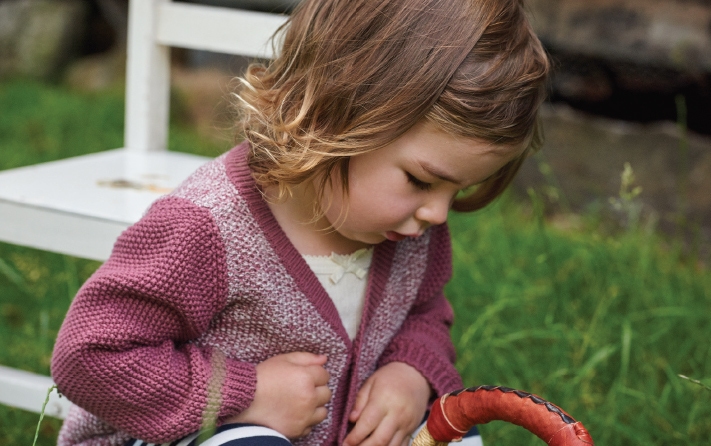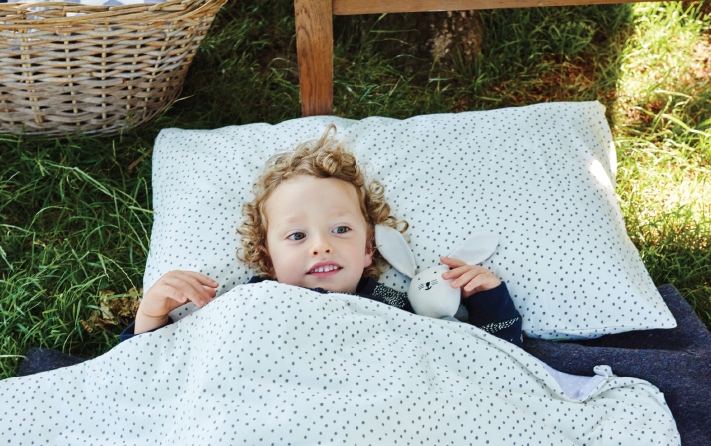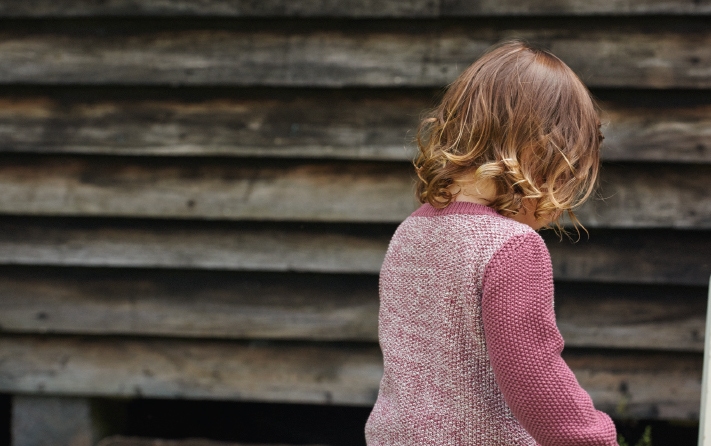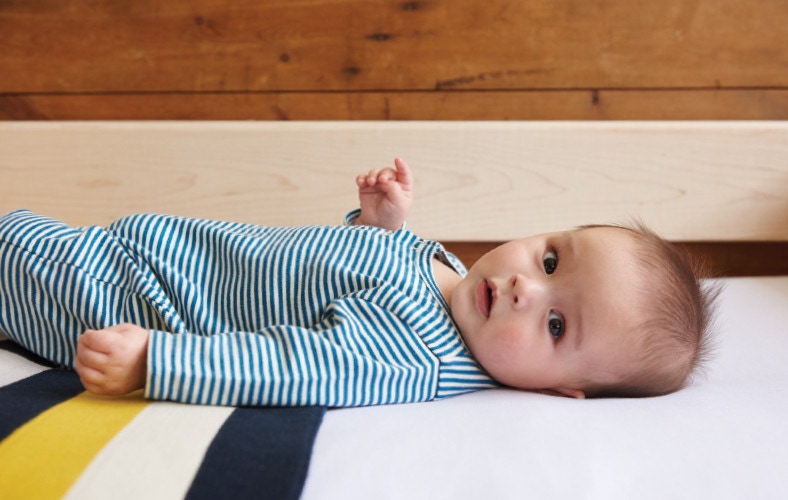This will ensure you receive shipping options, localised offers and currency.

mindfulness for kids pt. 2: four ways to practice
ONE
A good starting point is to develop breath awareness. Ideally we want to get children noticing their breath in a fun way.
Get your child to lie on their back with legs flat on the floor, arms by their sides. If they are comfortable get them to close their eyes. Encourage them to let their weight drop into the mattress… use any cues that your child is already familiar with.
Place a stuffed toy on their abdomen and cue them into feeling the weight of the toy and imagine that they will give the toy a ride with their breath. Your cues might be like "notice as you breathe in, your belly fills with air and your toy rises. As you breathe out, notice how you belly falls and empties and your toy sinks down". Continue giving your child cues about the rise and fall of their belly.
TWO
Throughout the day, practise Pause, Breathe, Smile (PBS). Teach and model the practice of pausing, taking three breaths and smiling. You might link this to a transition time such as entering the car and preparing to drive or to a feeling. i.e. “I am feeling… I think I’ll practise PBS”.


THREE
Another daily mindfulness routine is Sending Friendly Wishes. This is a great one for bedtime. Ask your child to send friendly wishes to themselves by imagining that they are happy and having fun, that they are healthy and that they are safe with family and friends.
Next they choose a family member who is present in the room and silently (if older) send friendly wishes to them. For example, Mummy, I hope you are happy. I hope you are healthy and strong. I hope your dreams come true.
The next step is to extend that to someone who’s not in the room… family, friends, people they’ve met, people they’ve not yet met and finally including the world and all living creatures
FOUR
Begin by starting small routines and rhythms in your family such as making moments to eat together as a family. Model pausing and practicing gratitude. Think about where the food has come from; make the connection back to the natural world and all the people and processes that have been involved getting this food to the table. Smile. Observe the food. For young children it’s about using and engaging the five senses to notice and observe. With food, what do you notice using your eyes? The colour and texture? Then move on to... how does it feel? Eyes open... eyes closed… Does it have scent? You get the idea. Making and taking time for small moments of awareness, kindness and gratitude throughout the day.
Thank you to the lovely Jan Ogle for these ideas! NB x






